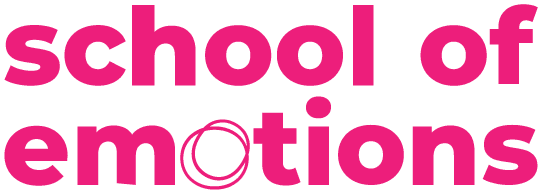Asynchronous Coaching - Why is it Taking Over?
Author: Team xMonks | Published on: Fri, 23 Feb 2024 12:42:57 +0000

For a moment, think from the viewpoint of a coach. As a coach, your relationships with your clients make (or break) your business. Once the trust that forms the base for the relationship matures, a lot can be achieved over time. What could be better than that? Yet, there is a daunting fact. Over 75% of coaches go out of business in three years or less. Most of them struggle to generate enough recurring revenue to support themselves. And the ones who do manage to gain traction get a bunch of clients, work really hard, and eventually run out of steam. Why? Because trading time for clients is just not sustainable in the long term. The more clients you get, the less time you have. As a result, coaching businesses are almost impossible to scale. But what if you could serve more clients without the need to fill up your calendar with live coaching sessions? And what if you could retain them for longer and turn them into advocates for your business to help you grow?
Because, let’s be honest - live, direct coaching has its limits. There are just not enough hours in the day, and try as you might; sometimes, there’s just no space left in your calendar for more clients.
The good news is that it is possible now. Naturally, the day cannot be made longer or coaching sessions be made magically shorter. But there is a way to work with clients without constantly having to jam your calendar and deliver coaching sessions without booking another call. The answer is Asynchronous Coaching. Simply put, it is a form of coaching where the coach or person being coached provides information followed by a time lag before a response. The key point to be noted is that the communication does not happen in real-time (for example - face-to-face or over a Zoom call).
While it may seem counterintuitive to run a coaching business that doesn’t rely on real-time communication, the truth is, given the number of clients who are looking for coaching in the present world, asynchronous coaching as a tool is a huge boon for coaches worldwide. Take a WhatsApp message for example. When you send a WhatsApp message, you exchange information back and forth without expecting an immediate response. On the other hand, a Zoom call is completely synchronous. Both you and your clients have to be present at the same time for communication to occur. Both your schedules have to be in sync and you have to set aside the time to meet. For synchronous communication, there are additional requirements beyond simple communication; such as scheduling and sending invites. As a coach, this method has multiple benefits for you. Let’s take a look -
Benefits of Asynchronous Coaching for a Coach
- Less call fatigue/stress over upcoming calls- No more jumping from call to call, no more constant (and literal) headaches due to wearing headphones and no more having to remain static in one place for Zoom calls. Instead, you can respond to your clients at a time that suits you. Not only that, but you can send regular prompts to your clients to keep them engaged and to remind them that you’re always available. They know that they can contact you at any time, whenever a new challenge crosses their mind. This feeling of consistent availability will lead to a closer relationship between you and your clients.
- Less impromptu and more thoughtful responses- There will be no longer a need to give immediate replies as if you were on a call. You will be able to collect your thoughts and give replies tailored to each situation; providing even more value to your clients. Contrast this with an in-person meeting or a call where you have to think on your feet and, at times, not always provide the best response you could have. Messy.
- Forget the tension of scheduling calls- Imagine setting time apart from your busy schedule for a client call and they cancel last minute. That time could have been spent with another client or recharging yourself. Now, communication becomes easier with messages and voice notes. You can always get on a call if you want to, but that is not the only option anymore.
- You get pre-recorded minutes- Messages exchanged can be referred to again, later. They are always available with a date-time stamp and thus serve as a record of your past conversations. Sometimes, you can even use something from one client’s chat to help another client (maintaining confidentiality, of course)!
- Membership fees, not an hourly rate- No coach wants the client looking at the clock every now and then to figure out how much they will have to pay. It snatches away the value from coaching. With asynchronous coaching, you can charge a membership fee instead of an hourly fee as it becomes meaningless. This means your clients pay you a lower recurring fee for constant access to you. This is the key to scaling your coaching business. Instead of charging for your time, you’re charging for the ongoing value you provide.
The advent of asynchronous coaching shows that a business that was earlier completely dependent on synchronising calendars can be turned into a much simpler one that is very easily scalable. Being a coach and being able to help somebody is one of the best feelings in the world. Let the finite hours in a day not deter you from enjoying it to the fullest!
Begin now and give it a try.
Blog you later!




.png)